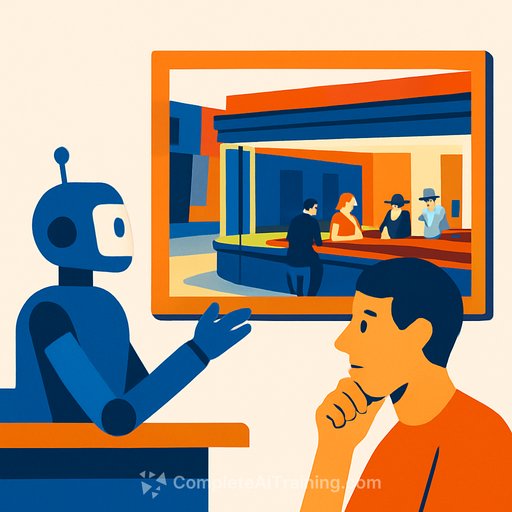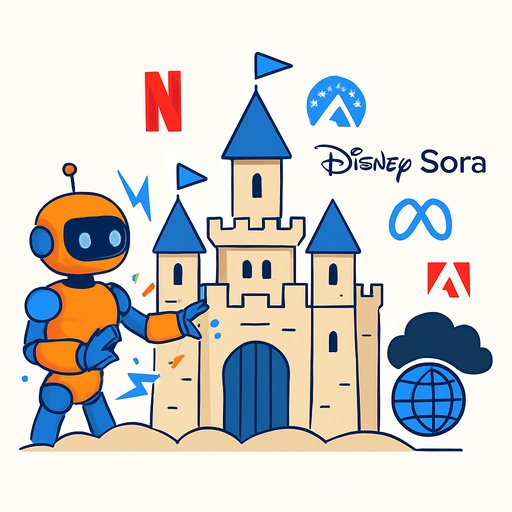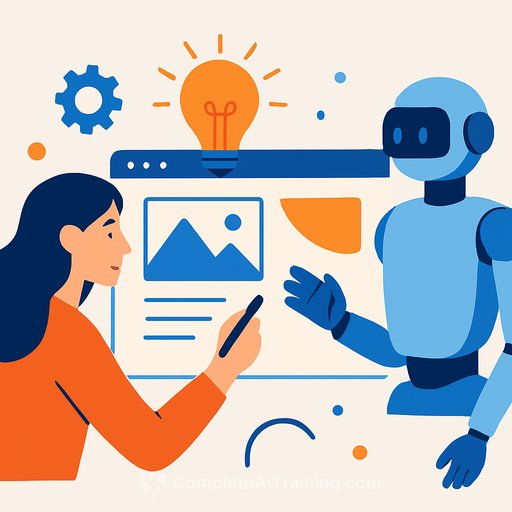Google's AI Exploration of Nighthawks Misses the Essence of Art
Google’s new AI model lets users step inside Edward Hopper’s Nighthawks and explore the painting as if it were a 3D scene. This interactive experience is made possible by Genie 3, a general-purpose world model that generates navigable environments from text prompts and reference images in real time. While the technology is impressive, it raises an important question: does turning a classic painting into a walk-through lose what makes the artwork powerful?
AI’s New Take on Classic Art
In recent years, AI has been applied to classic paintings in various ways — from “uncropping” artworks to adding animation. Now, Google’s Genie 3 pushes this further by allowing users to explore beyond the original frame, generating new details and perspectives around the scene.
For creatives, this tech might seem like a fresh way to experience art. However, it’s crucial to recognize that every brushstroke and composition choice in a painting is deliberate. These decisions shape the story, mood, and meaning. Expanding a painting into a 3D environment risks diluting that intention.
Why Composition Matters
Nighthawks is a great example. Painted in 1942, its composition creates a sense of isolation and quiet tension. The distance between the viewer and the subjects, alongside the stillness of the scene, is what gives it emotional weight. When AI generates a walk-through, it removes that distance and mystery, turning a carefully composed moment into a mere environment to explore.
The video demonstrating this AI feature even shows users quickly losing interest in the original scene and shifting focus to a dark alley added by the AI. This suggests that the added interactivity might distract rather than deepen appreciation.
Art’s Intention vs. AI’s Expansion
Art isn’t just about the physical image; it’s about what the artist wants you to see and feel. By generating new angles and details outside the artist’s frame, AI can unintentionally erase the meaning embedded in the original composition.
For creatives, this is a reminder that technology should respect artistic choices rather than override them. The allure of AI-generated environments is tempting, but it’s not a replacement for the artist’s vision.
Legal and Ethical Considerations
While Nighthawks is now in the public domain in the U.S., applying similar AI treatments to other artworks raises copyright concerns. The legal landscape around AI and art ownership remains unsettled and has already impacted major companies like Disney.
As creatives experiment with AI tools, understanding these issues is crucial to avoid potential conflicts and respect artists’ rights.
Final Thoughts
Google’s AI exploration of Nighthawks is an impressive technical feat but misses the point of what makes art meaningful. For creatives, this serves as a reminder that AI is a tool — one that should support artistic intent instead of diluting it.
If you’re interested in learning how AI tools can be used thoughtfully in creative work, explore AI courses designed for creatives that focus on practical applications without compromising artistic integrity.
Your membership also unlocks:






